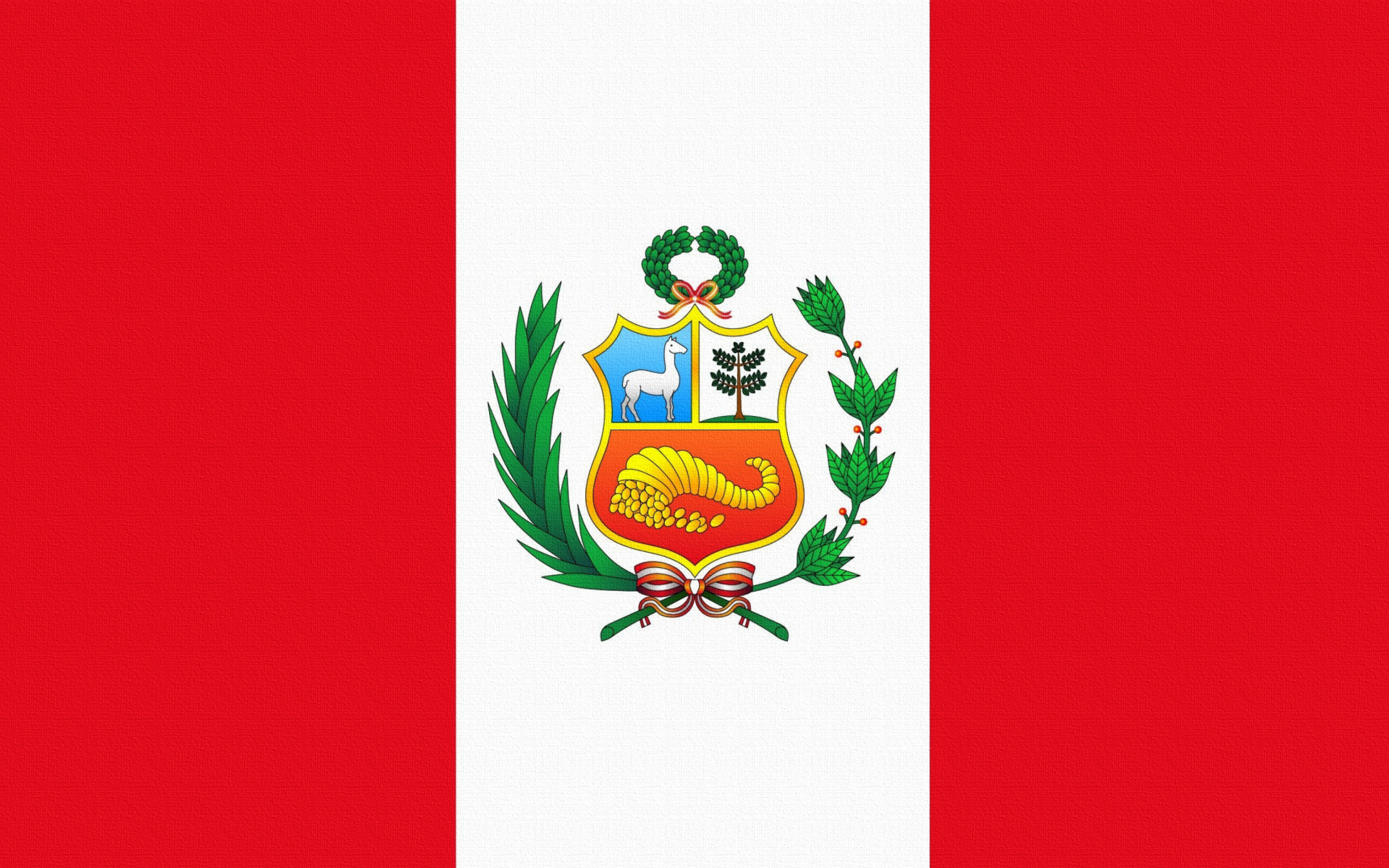Peru
Located on the west coast of South America, Peru (officially the Republic of Peru) is the third largest country in the subcontinent, home to just under 5 million people. Its northern point touches the equator and its landmass of around 500,000 square miles (1.25 million square km) is widely varied in terrain and climate. The arid coast gives way inland to warm, wet lowlands (including the Amazon basin), as well as the Andes Mountains and their associated highlands.
Civilization in what is now Peru dates back to at least 2,500 BCE. The wide variety of pre-Columbian civilizations largely gave way to the Incan Empire in the 14th century, which then ruled over most of Peru. The empire proved short-lived, however. The first Spaniards arrived in 1528, followed by the conquistadors, led by Francisco Pizarro, in 1532. Pizarro founded the city of Lima in 1535, where he was later assassinated in 1542. The Incan Empire finally fell in 1572 when Francisco de Toledo executed the last reigning Inca, Túpac Amaru, and the Viceroyalty of Peru was created.
The Viceroyalty lasted until the early 1820s, when General Jose de San Martin invaded with an army of soldiers from Argentina and Chile. This marked the beginning of a series of battles and declarations of independence that finally ended in 1824. There has been some political volatility in the intervening years, but in 1921 the country is largely stable and prosperous.
The population of Peru is made up of a wide range of ethnicities. Around 50% are Amerindian, with the majority of the remainder being mixed race, with white people making up around 15%. There are large populations of Chinese and Japanese immigrants in Lima, with many of them having been brought over to build the railways or mine guano (accumulated seabird droppings used as a rich fertilizer in Europe).
The majority of Peruvians speak Spanish, although there are a number of other linguistic groups who speak aboriginal languages such as Quechua and Aymara. English is not widely spoken, particularly outside the cities. Investigators traveling up to Puno and the Lake Titicaca region are especially likely to encounter Aymara and Quechua speakers.
Traditional dress varies from region to region, although there are certain common features such as hats, ponchos, and brightly colored woolen clothing. In cities like Lima, however, this traditional garb tends to give over to more somber European or North American styles.




Comments